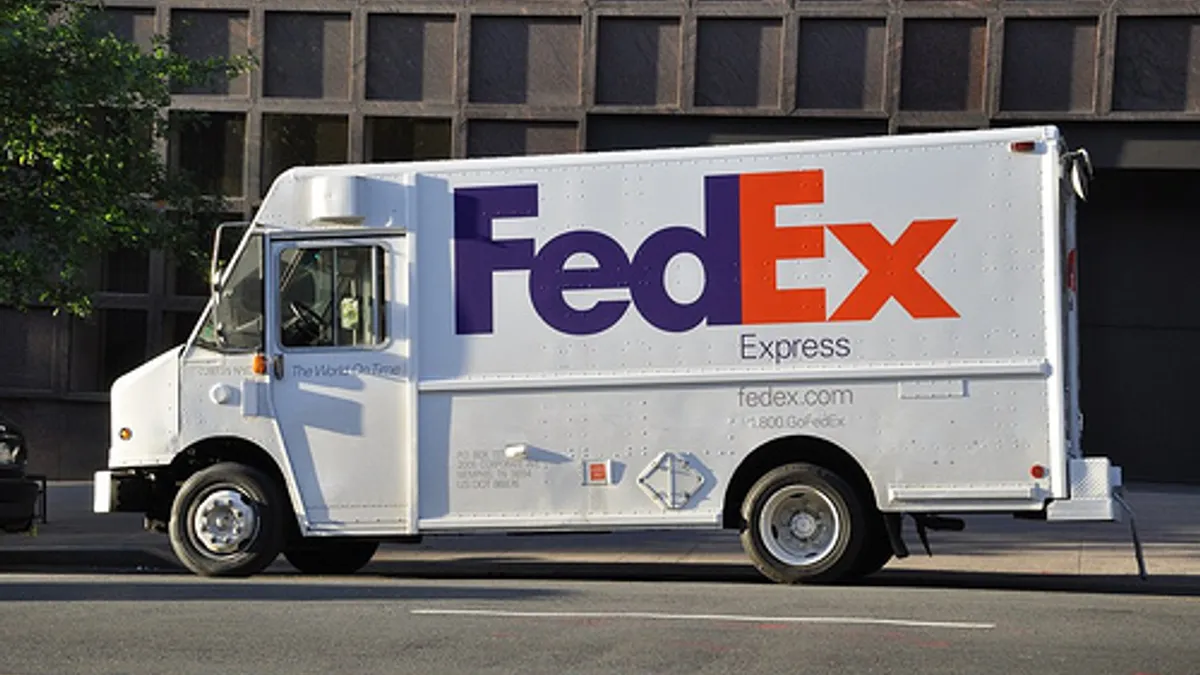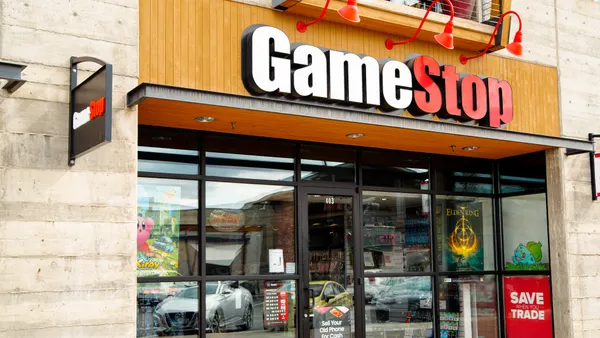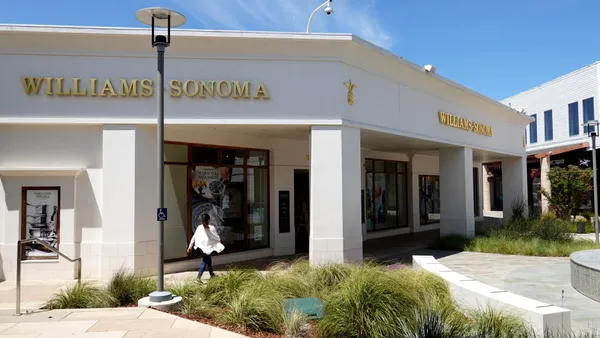Dive Brief:
-
The global e-commerce logistics market is expected to increase from its 2014 mark of $122.2 billion to more than $781 billion in 2024, maintaining an estimated compound annual growth rate of 20.6% between this year and 2024, according to a new study from Transparency Market Research.
-
Among factors stirring market growth, the number of cross-border e-commerce websites is expected to continue to explode, while market activity also will ramp up thanks to availability of low-cost cargo options.
-
TMR says FedEx Corporation and DHL International currently lead the global e-commerce logistics market, with more than 50% of the market. Other notable players are United Parcel Service, Gati Limited, Clipper Logistics, Aramex International, XPO Logistics, Kenco Group and others.
Dive Insight:
It's a good time to be in the shipping and logistics business. UPS even noted in its recent second quarter earnings report that e-commerce-driven demand for logistics has been outpacing its expectations this year.
The booming market opportunity in international logistics is driving many logistics companies to invest in more space and new capabilities. DHL, for example, recently made a $137 million commitment to expanding its distribution center presence in the U.S. FedEx also has spoken of boosting its capital spending to answer growing e-commerce demands.
Some may look at the market and see some signs of danger, particularly around the question of the shipping ambitions of major retailers like Amazon and Wal-Mart, though also around the emergence of many smaller regional players participating in the logistics and delivery ecosystem in different ways. Then there are also the visions for alternative logistics methods laid out by companies like Ford, which apparently sees a role for driverless cars in the future of package delivery.
Although, while all of these trends sound like competitive threats, they also are merely different aspects in the evolution of a market that not only is becoming larger, but also more varied, with all manner of express shipping options, premium shipping memberships and even a range of customer pick-up approaches. The whole pie is expanding in every direction, and there may be enough to serve everyone, from the traditional logistics giants to the emerging regional names to the Ubers of the world, and even Amazon (whatever it's planning).














